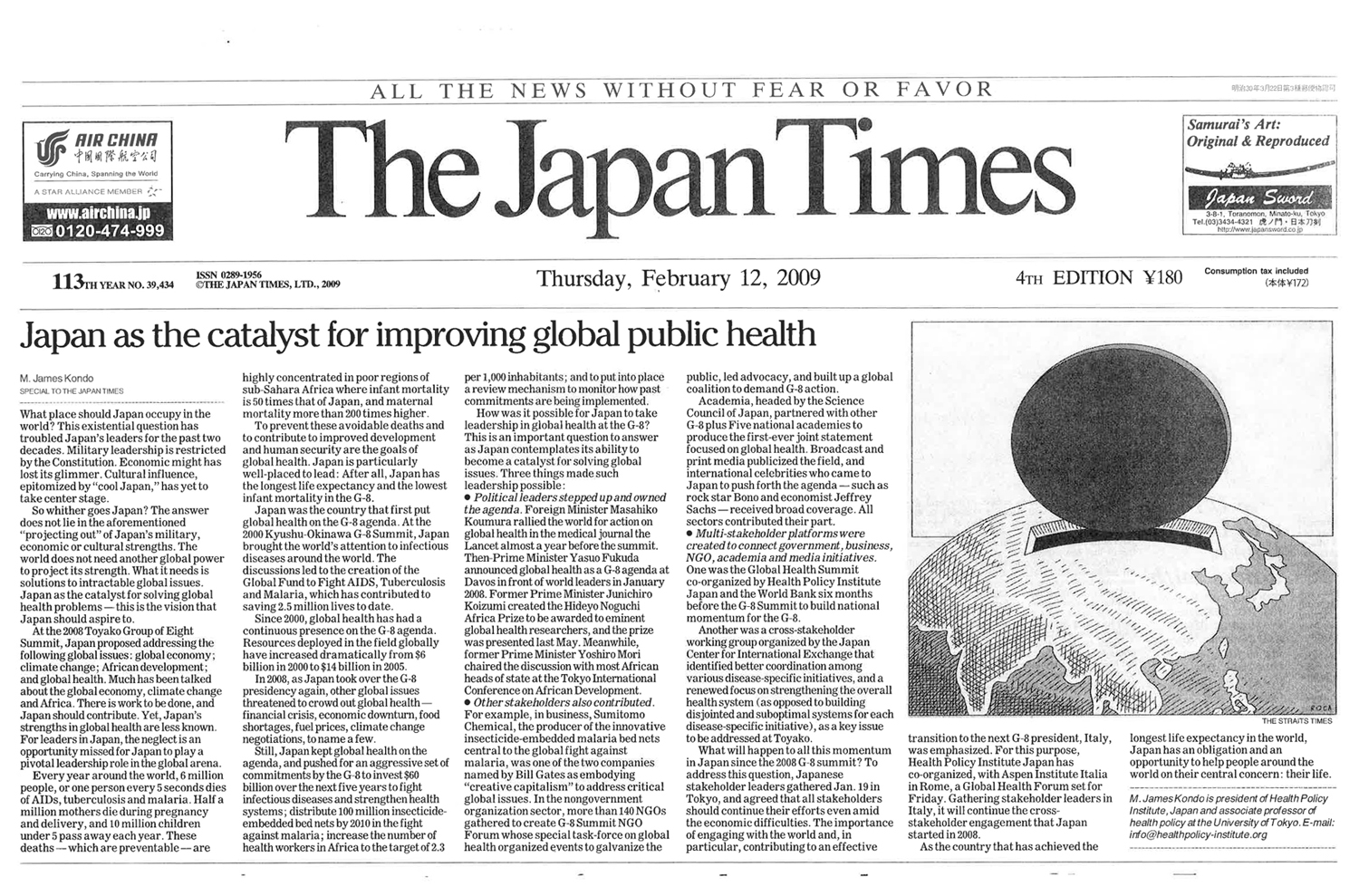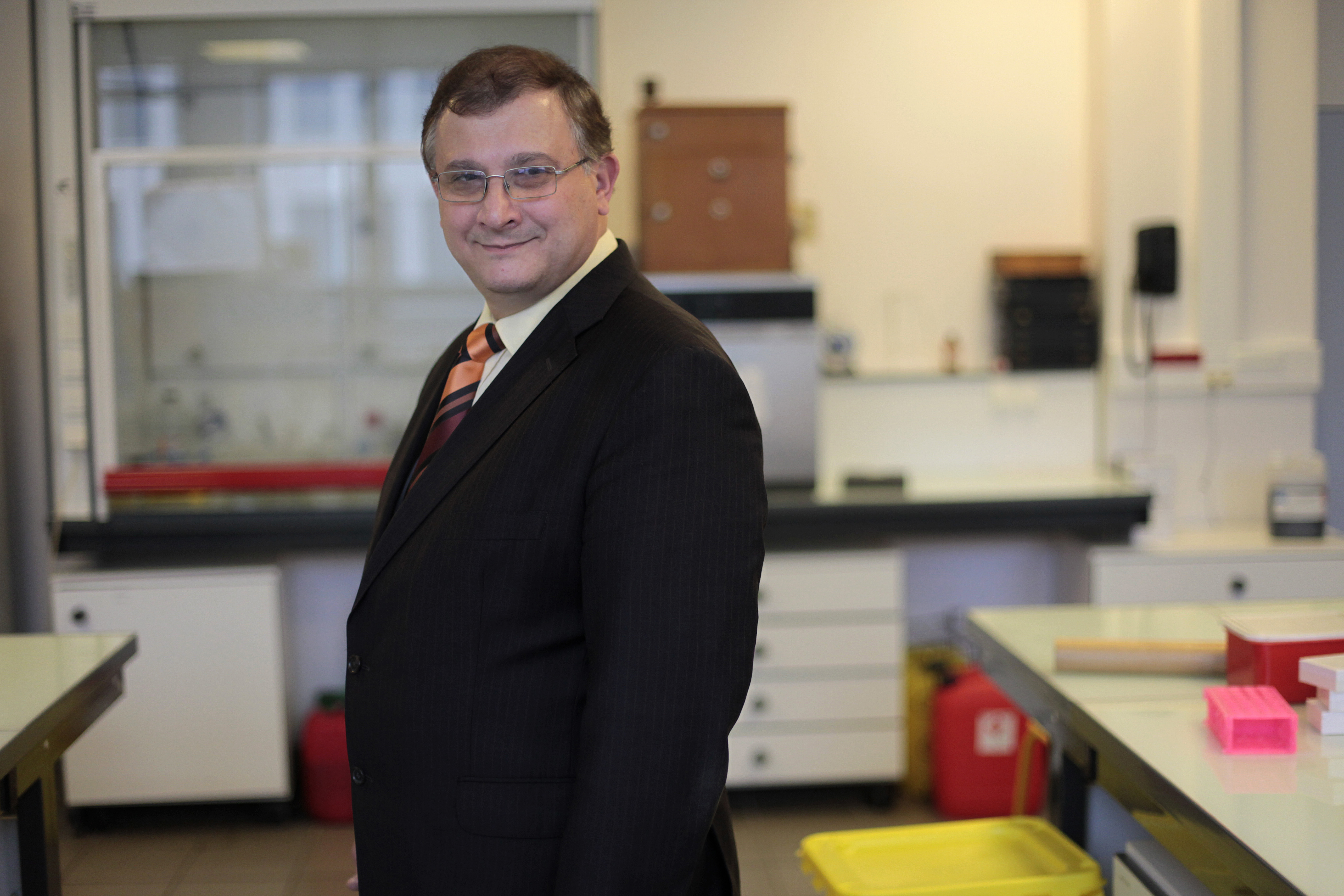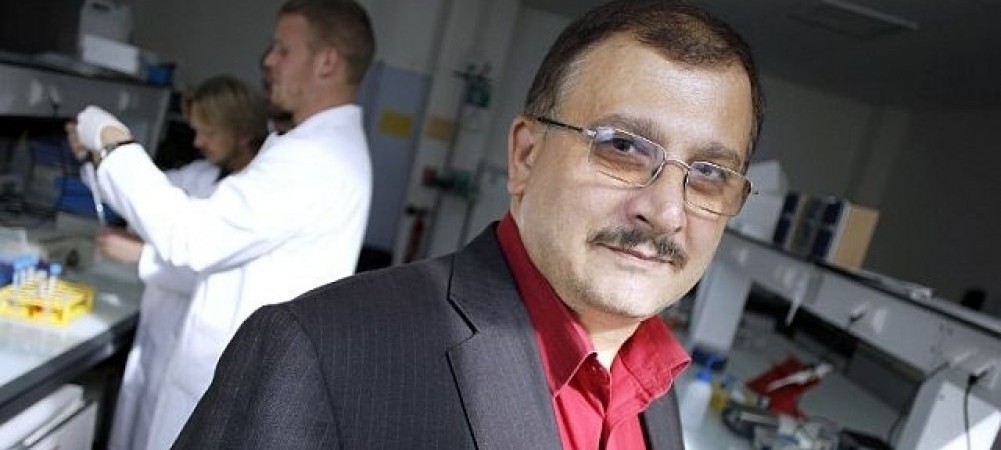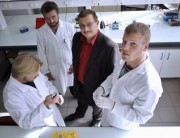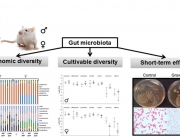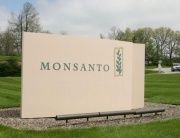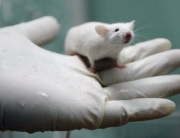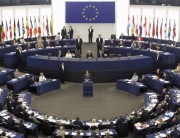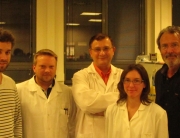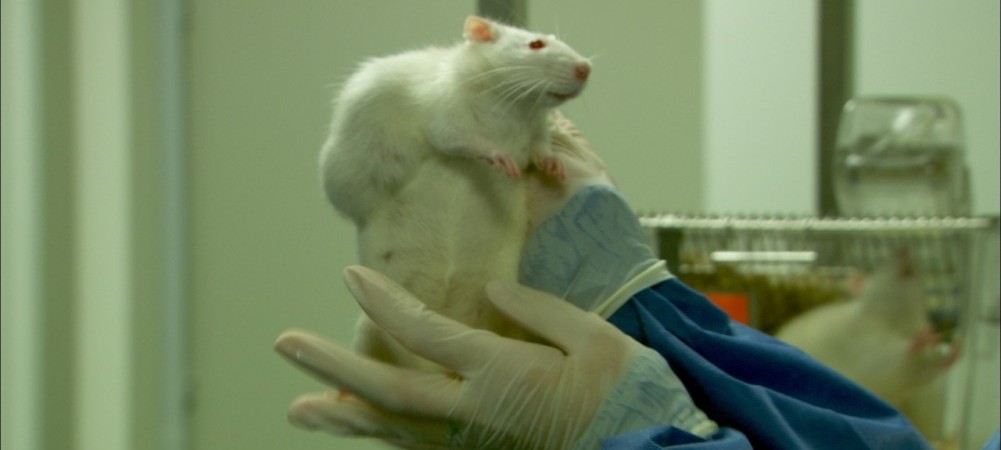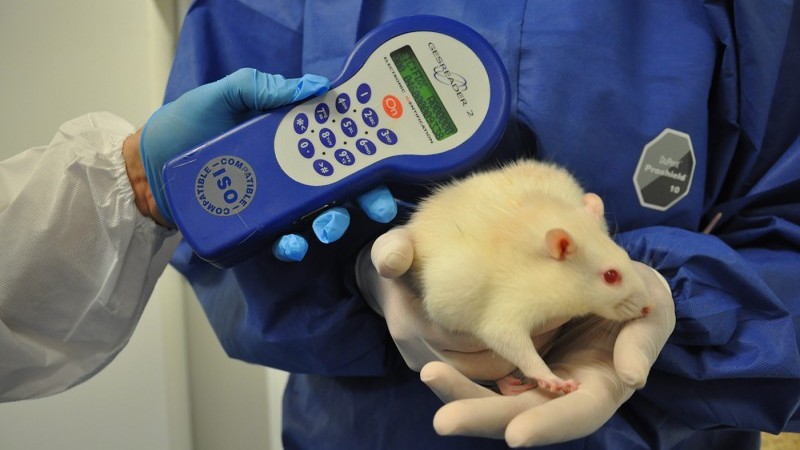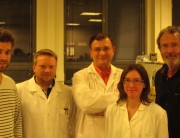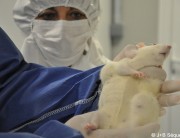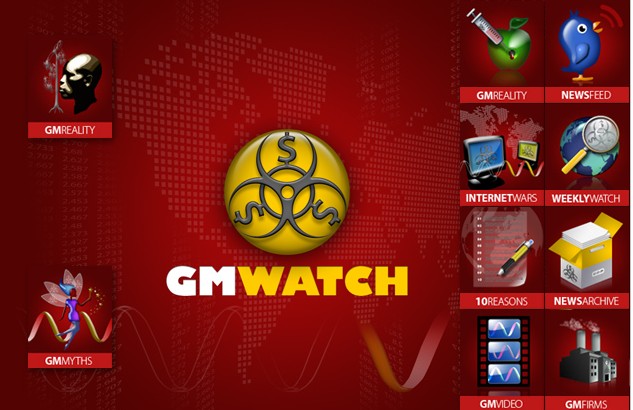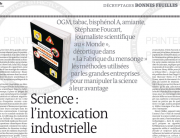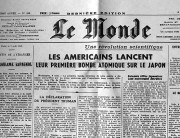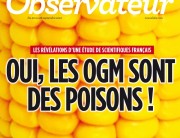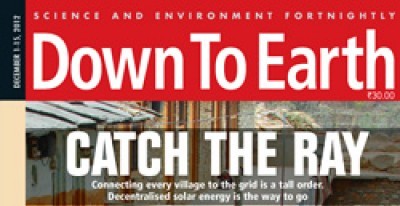More than two years on from the disaster of March 11, 2011, debate continues in the mainstream and social media about the uses of fear to advance agendas. Much of the debate is centered on the environmental crisis surrounding the crippled Fukushima nuclear reactor. On one side are people who say that the region is dangerously irradiated, thus making it uninhabitable for generations. On the other are people who say the danger is minimal and that antinuclear advocates are exaggerating findings in order to scare the public into needlessly rejecting nuclear power.
Source: The Japan Times by Philip Brasor
This struggle was recently exemplified in the reaction to a statement by Sanae Takaichi, the policy chief of the ruling Liberal Democratic Party. Takaichi, in advocating for the restart of nuclear power stations that are currently idle, remarked that no one was killed by the meltdowns of 3/11. Opposition parties and the Fukushima government called her insensitive, saying that some 70 people died as a result of being evacuated after the accident, and she eventually retracted the statement, which nevertheless characterizes the main point of the camp that claims the dangers of the accident have been overstated. A corollary of this point is that it was fear that killed those 70 people, fear exacerbated by excitable and irresponsible media.
But aren’t the media supposed to relate circumstances as they happen, as honestly and directly as possible? People who point up the accident as proof that nuclear power can never be safe tend to say that the media were actually too cautious in their reporting of the meltdowns, that they were over-solicitous of the authorities’ desire to downplay their seriousness. If the debate remains contentious and unresolvable, it’s because of the scientific nature of the issue, which is unknowable in the short term. Radiation is invisible and resilient, its effects only apparent in the long run.
Both sides use Chernobyl, the nuclear plant accident most comparable to Fukushima in scope, to press their respective points. The pronuclear side says that the number of humans sickened and killed by the 1986 meltdown has been negligible, while the antinuclear camp insists it caused a million casualties. It all depends on whose study you believe.
The new French documentary, “Tous Cobayes?” (“All of Us Guinea Pigs Now?”), screening at movie theaters and community halls throughout Japan this summer, tries to present the long-term health consequences of global commercial enterprises in their proper scientific and social contexts. It is unabashed advocacy journalism, taking the position that its two main concerns, nuclear energy and genetically modified organisms (GMO), are products of global industrial conspiracies. But while a certain paranoid tone infuses the movie’s rhetoric, its premise — that the danger of these two endeavors can only be comprehended by taking a long view — is presented with scrupulous technical authority.
GMO is the movie’s main focus and easier to sell as a diabolical corporate scheme. Many companies are in the business of commercializing genetically modified materials, but Monsanto is the villain of choice because of its marketing of GM seeds impervious to pesticides, in particular the popular Roundup, which Monsanto happens to manufacture. The film chronicles a complex study conducted by molecular biologist Gilles-Eric Seralini, who felt that Monsanto’s three-month testing of its GMO crops for safety was by definition inconclusive because three months is too short in the life cycle of complex organisms.
Seralini’s experiment cost more than €3 million (¥382.2 million) and involved dozens of rats fed different combinations of GMO foods, some contaminated with Roundup at levels equivalent to those in the environment, over the course of two years. Monsanto guards its seeds jealously and thus they were difficult to obtain for testing purposes. French officials also indicated their opposition to the study when an official of the Biotech High Council called Seralini a “militant researcher” and “fear merchant” in public. (Seralini sued for libel and won.) For these reasons the experiments were conducted in secret. The rats’ normal life spans were shortened by the diet, with many developing huge tumors. Seralini theorizes that these abnormalities were caused not only by the pesticide, but also by the GM foods themselves.
The experiment forms the thematic backbone of the film, but what gives its thesis traction is the contrasting reports on alternatives to the kind of industrial-scale agriculture that GMO represents: farmers in Senegal practicing ecologically sound crop rotation methods, pig herders in Normandy feeding their livestock scraps of leftover produce, French farmers growing “heirloom” corn with seeds they cultivate themselves. “Organic (farming) is not that difficult,” one says, gently contradicting a representative of the Bill Gates Foundation, who earlier in the doc advocates for GMOs because they are seen to be more economically feasible for poorer nations. One elderly anti-corporate activist says that the goal of the U.S.-dominated GMO industry is to “force open third world markets.”
The movie’s stance with regard to nuclear energy, supported by extensive footage from Fukushima, is less balanced, but the connection to GMOs is forcefully presented. Seralini enumerates the commonalities: irreversibility, contamination and accumulation in the food chain, all of which are conditions that can only be evaluated on a long-term basis.
The implication is that we are all subjects in these ongoing experiments, which is relevant to the aforementioned nuclear debate but should also be taken into consideration when talking about the current Trans-Pacific Partnership negotiations, whose outcome could force Japanese farmers to adopt GM methods. I, for one, would be grateful if the media discusses both issues openly and without regard for any sensibilities it might upset.





